Music Theory for the 21st-Century Classroom
₦0.00
Preface
Music Theory for the 21st–Century Classroom is an openly–licensed online
four–semester college music theory textbook. This text differs from other music
theory textbooks by focusing less on four–part (SATB) voiceleading and more
on relating harmony to the phrase. Also, in traditional music theory textbooks,
there is little emphasis on motivic analysis and analysis of melodic units smaller
than the phrase. In my opinion, this led to students having difficulty with
creating melodies, since the training they are given is typically to write a
“melody” in quarter notes in the soprano voice of part writing exercises. When
the assignments in those texts ask students to do more than this, the majority of
the students struggle to create a melody with continuity and with appropriate
placement of harmonies within a phrase because the text had not prepared
them to do so.
In Music Theory for the 21st–Century Classroom, students learn about
motive, fragment, phrase, and subphrase, as well as types of melodic alteration like inversion, intervallic change, augmentation, diminution, rhythmic
change, ornamentation, extension, and retrograde. By understanding motive
and subphrase (also known as “phrase segment” or “phrase member”), I believe
students will better understand the logic and construction of melodies, which
will aid them in creating their own music.
This text is meant to take the student from the basics of reading and writing
pitches and rhythms through twelve–tone technique and minimalism over the
course of four semesters. Whenever possible, examples from popular music
and music from film and musical theater are included to illustrate melodic and
harmonic concepts, usually within the context of the phrase.
Performances of notated examples are linked to legal, copyrighted YouTube
videos with the start and stop time embedded to prevent the instructor the
need to search for the passage. The online nature of the text allows links
between related concepts (including the index) as well as to relevant pages on
the internet.
While I have considered creating a unique curriculum for the theory program at my university since 2001, the impetus to create an online music theory
textbook that could be of use not only to my students but to students at other
colleges came from reading “Transforming Music Study from its Foundations:
A Manifesto for Progressive Change in the Undergraduate Preparation of Music Majors” by the College Music Society’s Task Force on the Undergraduate
Music Major.
The ideas in “the Manifesto,” as it is often called—that colleges need
to train students to be composer–performer–improvisers (and I would add
“arrangers”) like Bach and Beethoven as well as Charlie Parker and Jimmy
Page—resonated with my musical experience growing up, which included writing, arranging, and playing popular music on electric guitar, electric bass,

Preface
Music Theory for the 21st–Century Classroom is an openly–licensed online
four–semester college music theory textbook. This text differs from other music
theory textbooks by focusing less on four–part (SATB) voiceleading and more
on relating harmony to the phrase. Also, in traditional music theory textbooks,
there is little emphasis on motivic analysis and analysis of melodic units smaller
than the phrase. In my opinion, this led to students having difficulty with
creating melodies, since the training they are given is typically to write a
“melody” in quarter notes in the soprano voice of part writing exercises. When
the assignments in those texts ask students to do more than this, the majority of
the students struggle to create a melody with continuity and with appropriate
placement of harmonies within a phrase because the text had not prepared
them to do so.
In Music Theory for the 21st–Century Classroom, students learn about
motive, fragment, phrase, and subphrase, as well as types of melodic alteration like inversion, intervallic change, augmentation, diminution, rhythmic
change, ornamentation, extension, and retrograde. By understanding motive
and subphrase (also known as “phrase segment” or “phrase member”), I believe
students will better understand the logic and construction of melodies, which
will aid them in creating their own music.
This text is meant to take the student from the basics of reading and writing
pitches and rhythms through twelve–tone technique and minimalism over the
course of four semesters. Whenever possible, examples from popular music
and music from film and musical theater are included to illustrate melodic and
harmonic concepts, usually within the context of the phrase.
Performances of notated examples are linked to legal, copyrighted YouTube
videos with the start and stop time embedded to prevent the instructor the
need to search for the passage. The online nature of the text allows links
between related concepts (including the index) as well as to relevant pages on
the internet.
While I have considered creating a unique curriculum for the theory program at my university since 2001, the impetus to create an online music theory
textbook that could be of use not only to my students but to students at other
colleges came from reading “Transforming Music Study from its Foundations:
A Manifesto for Progressive Change in the Undergraduate Preparation of Music Majors” by the College Music Society’s Task Force on the Undergraduate
Music Major.
The ideas in “the Manifesto,” as it is often called—that colleges need
to train students to be composer–performer–improvisers (and I would add
“arrangers”) like Bach and Beethoven as well as Charlie Parker and Jimmy
Page—resonated with my musical experience growing up, which included writing, arranging, and playing popular music on electric guitar, electric bass,
Vendor Information
- Store Name: J. Sam Industry
- Vendor: J. Sam Industry
-
Address:
Nigeria
Kwara -
5.00 rating from 1 reviewRated 5.00 out of 5 based on 1 customer rating

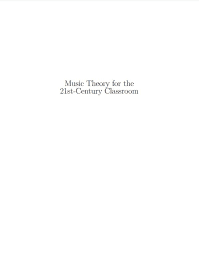

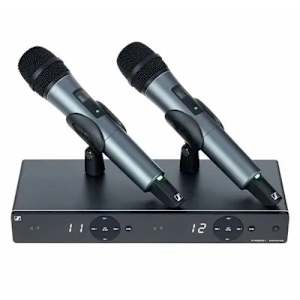

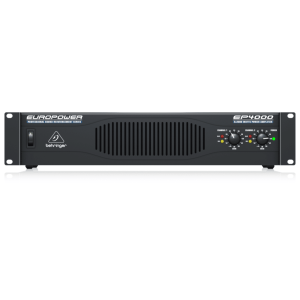


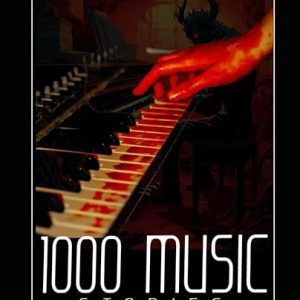
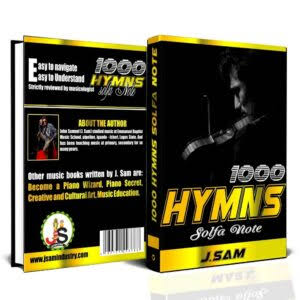
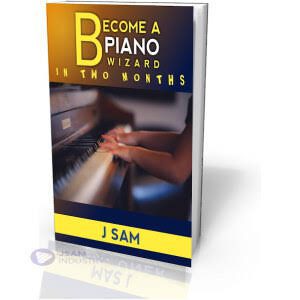
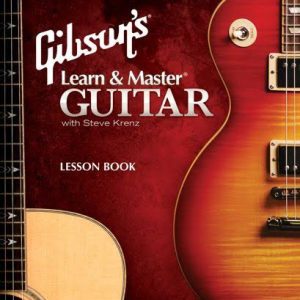

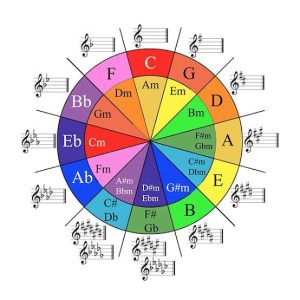
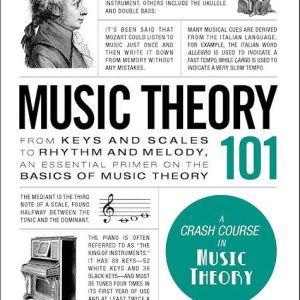
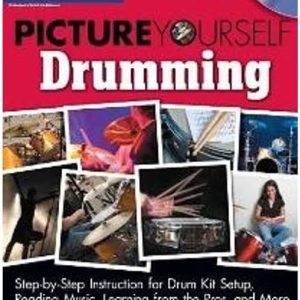
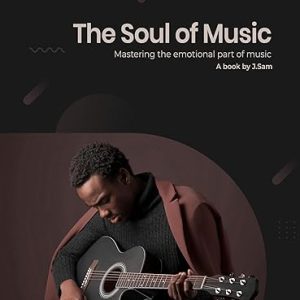
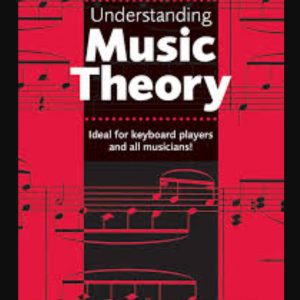
Reviews
Clear filtersThere are no reviews yet.